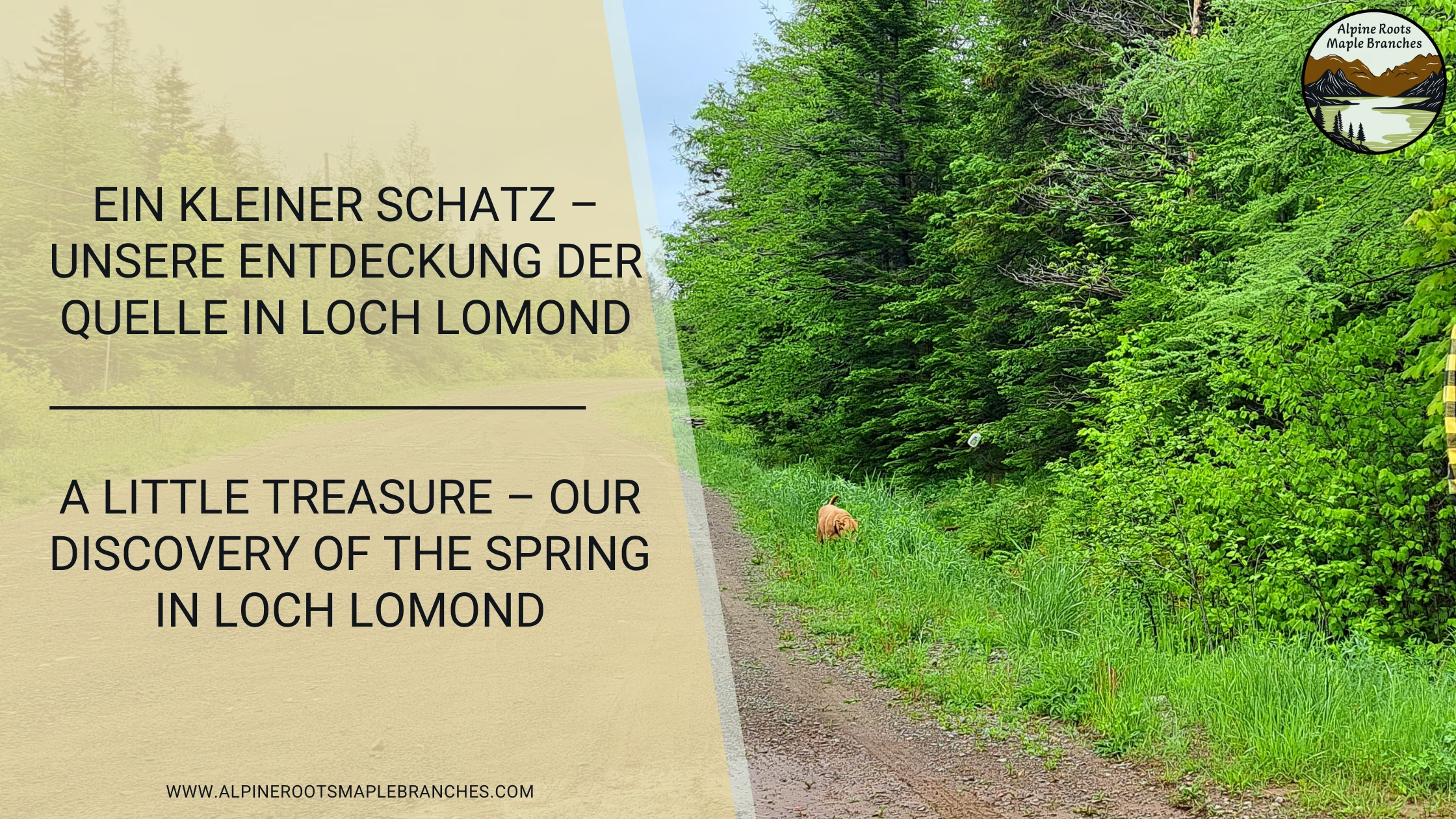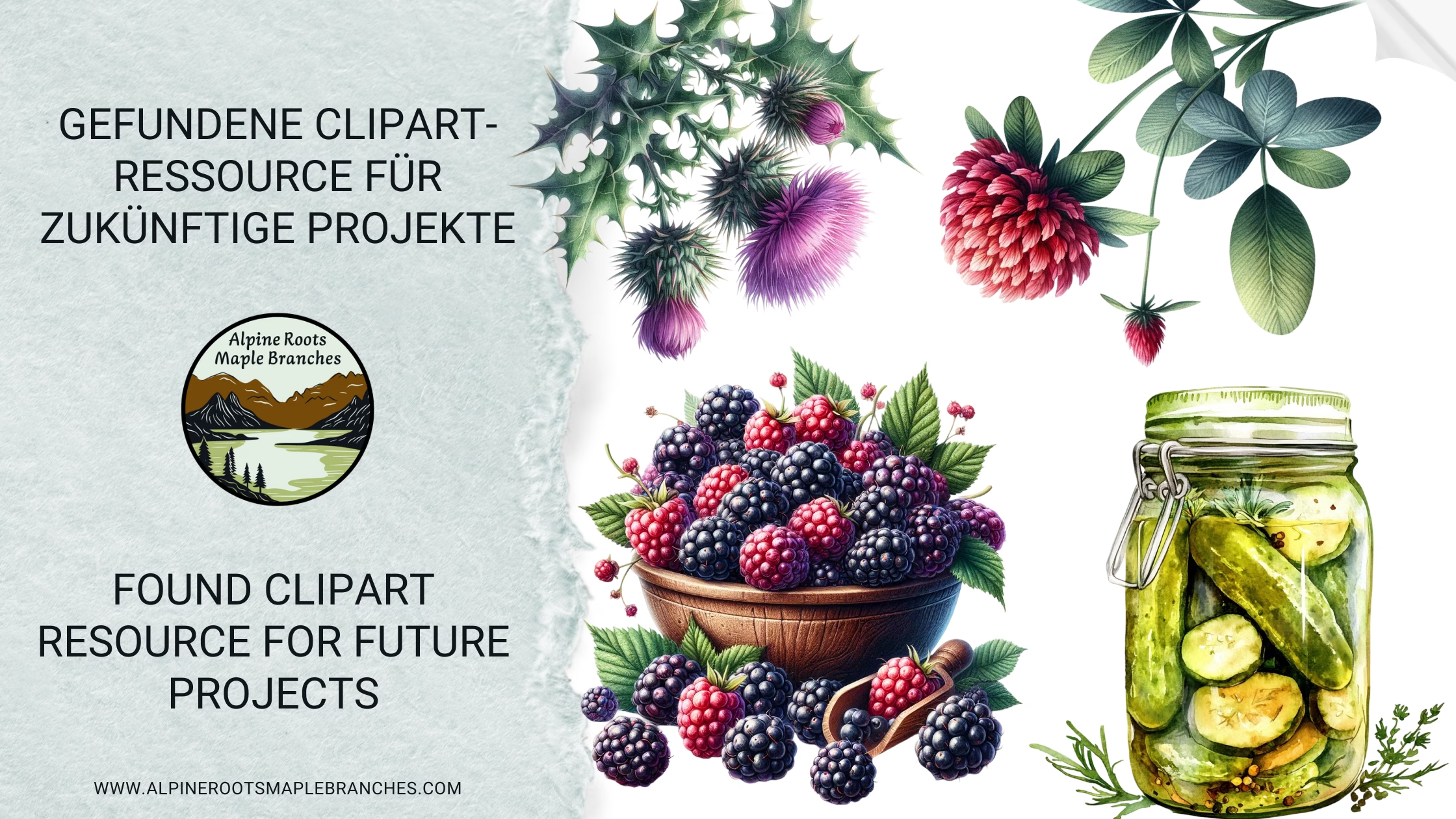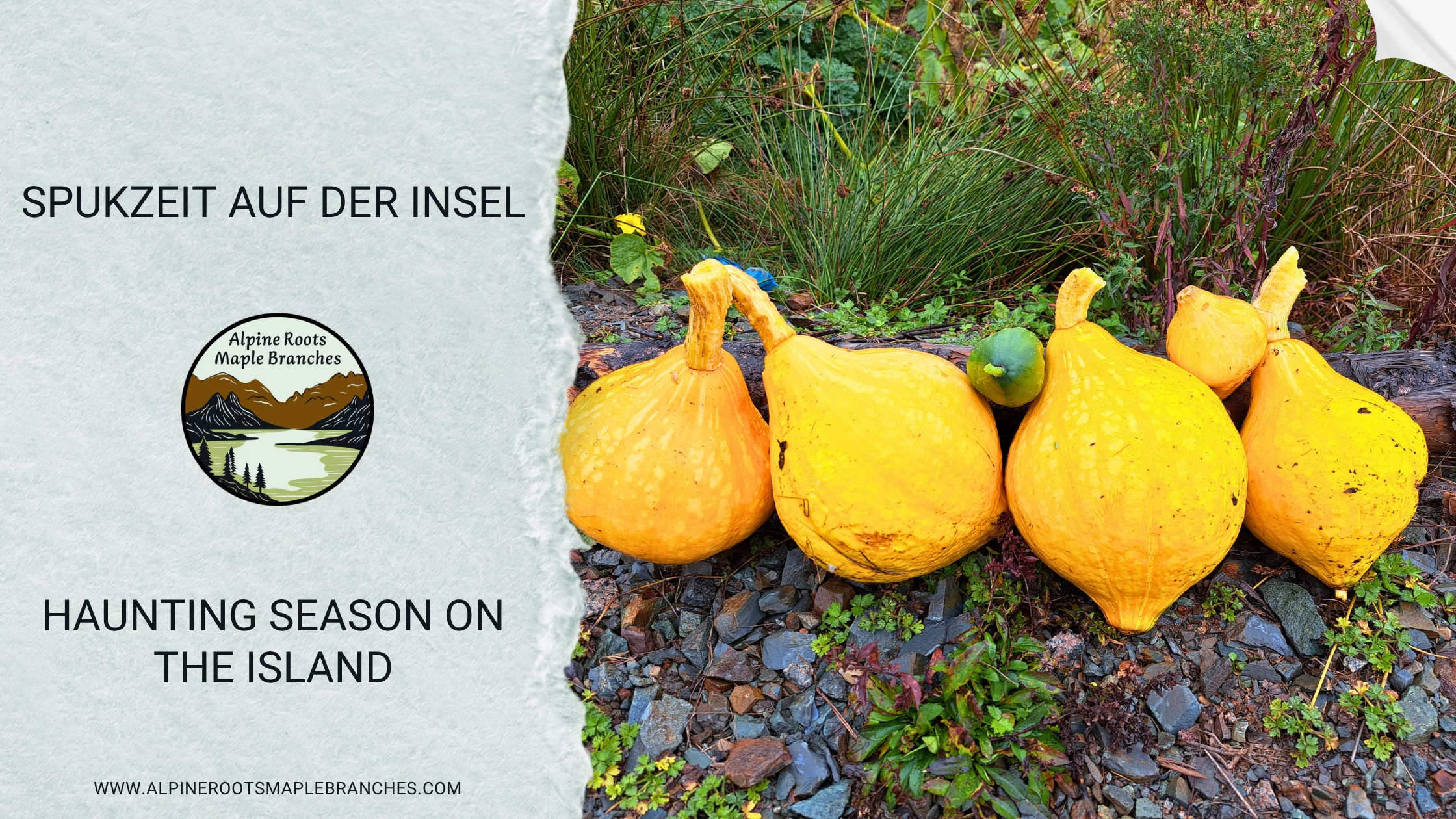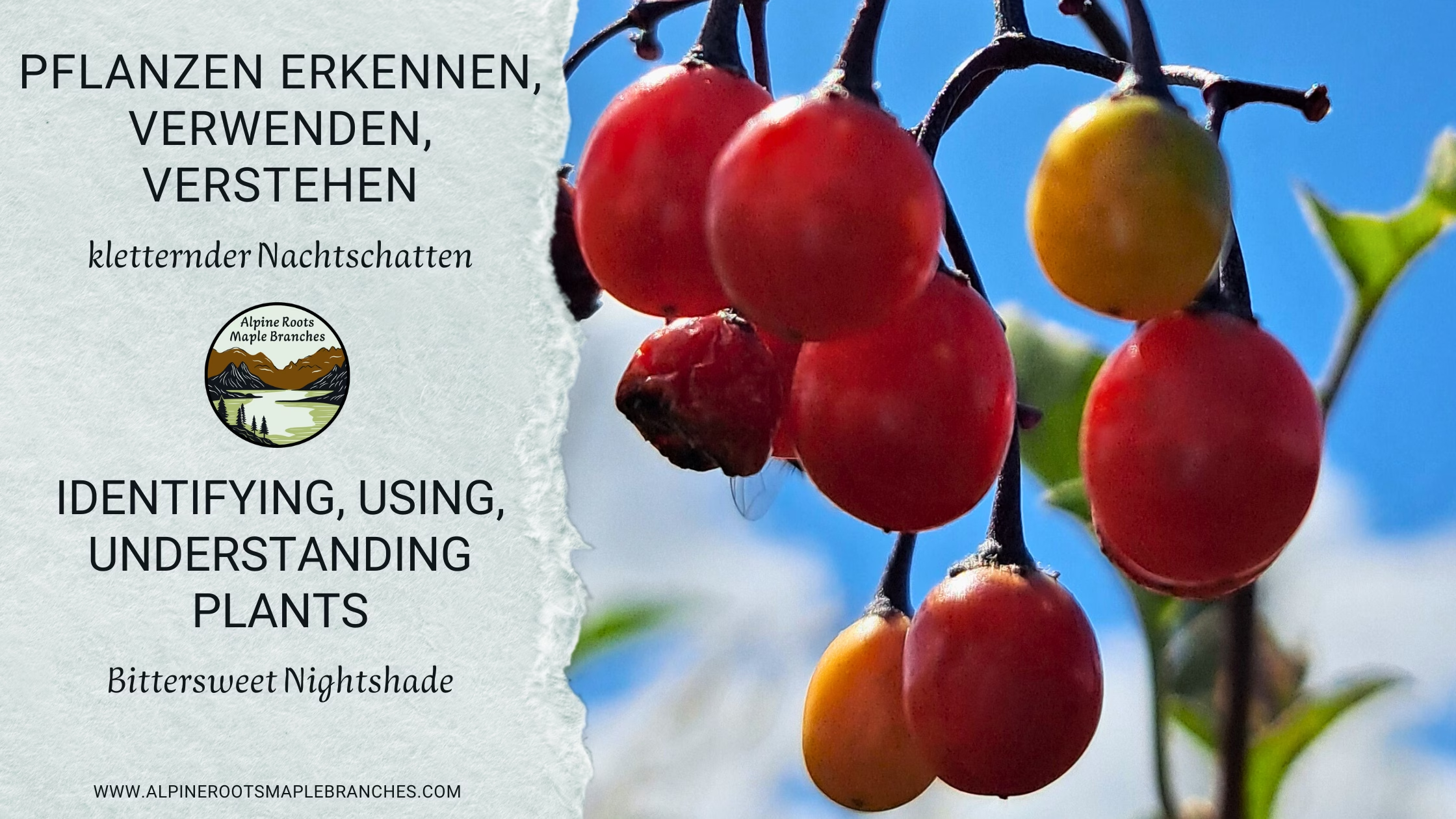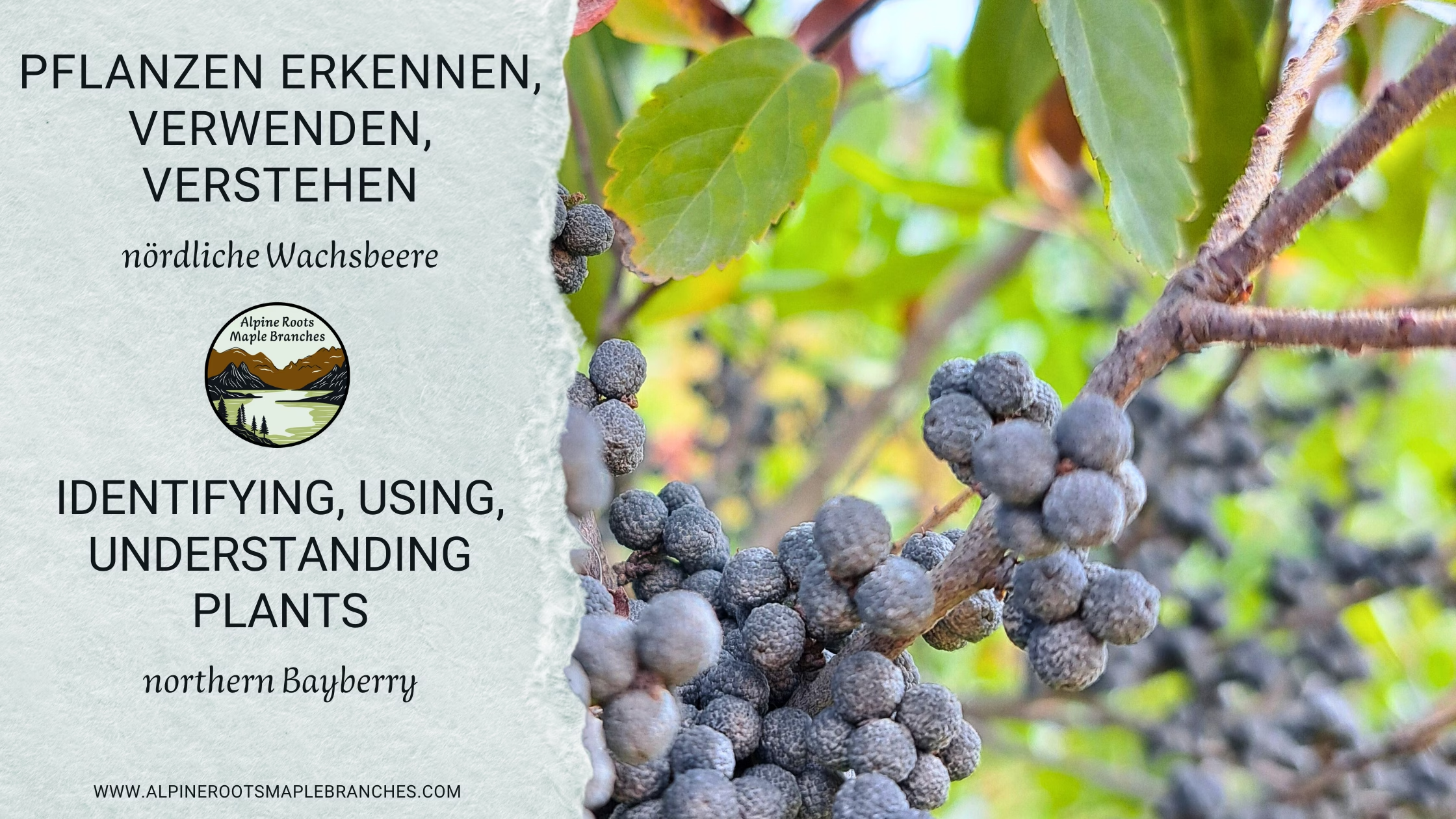Sometimes, it’s the unassuming conversations with neighbors that lead to real treasures. During one of these encounters, we got an interesting tip: only about a 15-minute drive from us, there’s a hidden spring with excellent water, regularly used by many locals in the Loch Lomond area. Naturally, we were intrigued.
The directions were a bit confusing for us, as we’re not yet familiar with all the roads and paths in the area. But after a few attempts, we found the spring. It’s located inconspicuously by the road, marked only by an empty canister hanging in a tree. Not exactly easy to spot, but for those in the know, it’s just right!
About every two weeks, we drive to the spring, as we have several water canisters we fill up. This way, we can use the water gradually, without having to constantly sit in the car. It saves us a few trips, but we still get to enjoy the high-quality spring water to the fullest.
But why go through the effort when water conveniently flows from the tap? What makes spring water so special?
The Benefits of Fresh Spring Water
Spring water is considered one of the purest waters nature can offer. As it flows through various layers of earth and rock, it is naturally filtered and enriched with minerals. Unlike tap water, which is often chemically treated, spring water comes to us in its original form—fresh, clean, and free from chemical additives. For many, it’s also the taste that makes the difference: spring water tastes softer and often more pleasant than water transported through pipes.
Additionally, spring water contains valuable minerals such as magnesium and calcium, which play an important role in health. It’s not only free of contaminants but often also free of microplastics, which have now been found in many water sources.
For us, the trip to the spring in Loch Lomond is not just a small adventure but also an important part of our water supply. Knowing that the water we drink comes directly from the spring gives the whole process a special appreciation.
How Does Water Supply and Wastewater Disposal Work in Rural Areas?
In Austria, we’re used to most households being connected to the central water and sewer network. However, in rural areas or on remote farms, it’s common for homes to have their own wells and cisterns for water supply—and the luckiest even have a spring on their property. For wastewater disposal, septic tanks (Süage) are typically used. It’s similar here in rural Canada. Since we live very remotely, there’s no central water or sewage system, so each house must have its own solution.
Wells:
A well is dug deep into the ground to extract groundwater. This water is drawn from underground reservoirs replenished by rain and other natural sources. Depending on depth and soil composition, well water can contain minerals and often needs to be filtered before it’s drinkable.
Cisterns:
A cistern is typically an above-ground or shallow underground structure that collects rain or seepage water. This water is often used for garden irrigation or other purposes where drinking quality isn’t necessary. In some cases, it’s also filtered and used for household needs.
Septic Tanks (Sewage):
A septic tank is a wastewater solution that allows local treatment of sewage. The wastewater flows into an underground tank, where solid materials settle, and bacteria break down organic matter. The treated water then seeps into the ground through drains. This method works well in rural areas without access to central sewage systems.
Exploring the Area Around the Spring
Next to the spring is a quad trail, currently being developed into a proper road. This path is perfect for long walks through nature—something Diana, of course, has to explore thoroughly! After all, we must gradually expand her territory and the familiar spots.
The path seems to stretch endlessly through the landscape, and after two kilometers, we turned back as there was still no end in sight. In the bottom left, you can see the Bunchberry in full bloom. If you’d like to know more about it, feel free to check out our plant profiles.
On the way to the spring, we passed a neighbor’s property, which is equipped with a simple wildlife fence. The fence not only serves its practical purpose but also provides a habitat for many insects and small animals. We took a photo of it because we might—much, much later—implement a similar idea at our place.
We also discovered a monument dedicated to the pioneers who came to Loch Lomond from the islands of Harris and Uist in Scotland in 1828.
Here’s the history behind the monument.
The Outer Hebrides are a group of islands off the northwest coast of Scotland. The best-known islands include Harris and Uist, from which many settlers emigrated to Canada. People often left their homeland out of economic necessity, as agricultural conditions were difficult and worsened with the collapse of the kelp industry in the early 1800s. Additionally, landowners forced many families to leave their land during the so-called Highland Clearances to make way for large sheep farms.
The settlers who came to Nova Scotia often settled in remote and undeveloped areas like Loch Lomond. Here, they found the opportunity to farm their own land and start a new life, far from the social and economic difficulties of their homeland. The memory of these brave pioneers is still preserved today by the monument we discovered.
Your Thoughts?
We’d love to hear from you! Share your stories, tips, or concerns with us – we look forward to the exchange.

